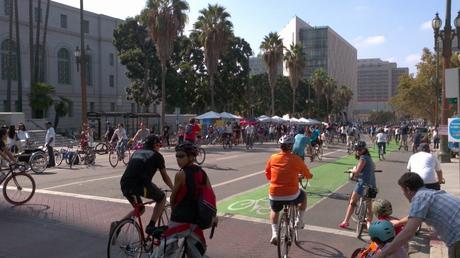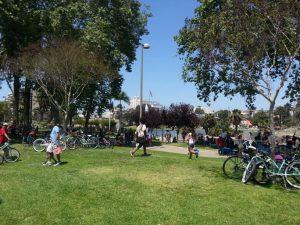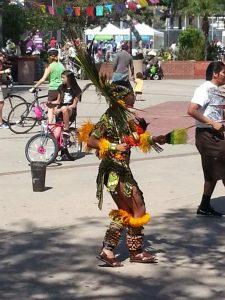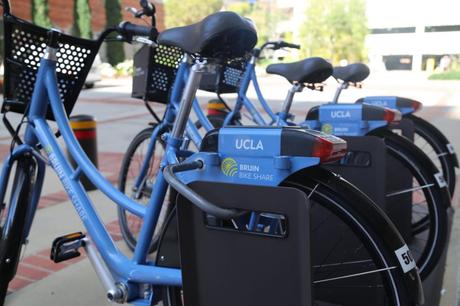
Pity Angelinos, the unhappy residents of the City of Angels Automobiles. Few cities in the world are as car-centric as theirs. From the world's first freeway (Pasadena Freeway) to the world's busiest interchange (I-105 and I-110), Los Angeles was developed in the early decades of the 20 th century as a marvel of modern transportation, the ultimate exemplar of mobility in a spectacular new era. Street cars, subways and light rails of east coast cities were eschewed for ever-wider asphalt roads. America's progress revolved around the car and the freeways of Los Angeles paved the way to the future.
How spectacularly that vision backfired. Today, the city is notorious for its heavy congestion. "Soul crushing" is how Tesla's founder Elon Musk describes the traffic. LA routinely ranks among the three worst traffic cities in the entire world, and gets slapped with that dismal #1 spot more often than not. Los Angelinos spend an average of 102 hours in traffic congestion every year, the highest in the world, according to statista.com. That's enough to make one want to drive their car right off a cliff, if only it took a reasonable amount of time to actually get to the cliff.

CicLAvia got its inspiration from Bogota, Colombia's ciclovia, literally meaning "bike path." Each Sunday, residents are free to travel with their bikes on select routes through the capital. Los Angeles followed suit in 2010. In fact, the very name CicLAvia is a clever word play on the original Spanish term, personalizing it with the famed "LA" acronym.
CicLAvia's popularity has been incredible. It has grown in size every year and Bogota's event now pales in comparison to that of Los Angeles. Whereas in Bogota, a few hundred cyclists turn out for any given ciclovia, the typical participation in LA reaches on the order of 70-90,000 cyclists. Since the first CicLAvia, over 1 million people have attended at least once, making it the largest open-street event in North America.
CicLAvia's mission is to transform communities - and it seems to be doing just that. Who would have believed that car-crazed LA would willingly ditch vehicles in favor of pedal power? The festive atmosphere has moved past organizers' wildest expectations. It now includes a colorful ensemble of many types of human-powered mobility. Dancers of all types, skaters, rollerbladers, cos-players, west coast free spirits, street artists, creators with steam-punk inspired carriages - all flock to CicLAvia to show off their profound inventions, finely tuned skills, or merely to express their famed California individuality. Of course, casual pedestrians are found among the crowds also. Parents bring kids, some on their own bikes, some in tow in a trailer. Even the LA police department joins in on the fun in their own bikes.


In 2019, CicLAvia will be held an unprecedented six times. The first event is Sunday, the 3 rd of March in Culver City. The best way to get to CicLAvia is usually by train. Metrolink and Amtrak add extra bike carriages to their trains, and the subway is free. Be sure to check the CicLAvia website for the latest information. So dust off that old bike, lube the chains and put your helmet on. We'll see you on the streets of LA!

[All photos taken by me except tall bike. Credit = www.pinterest.cl/pin/309059593148787033. License = free to share.]

